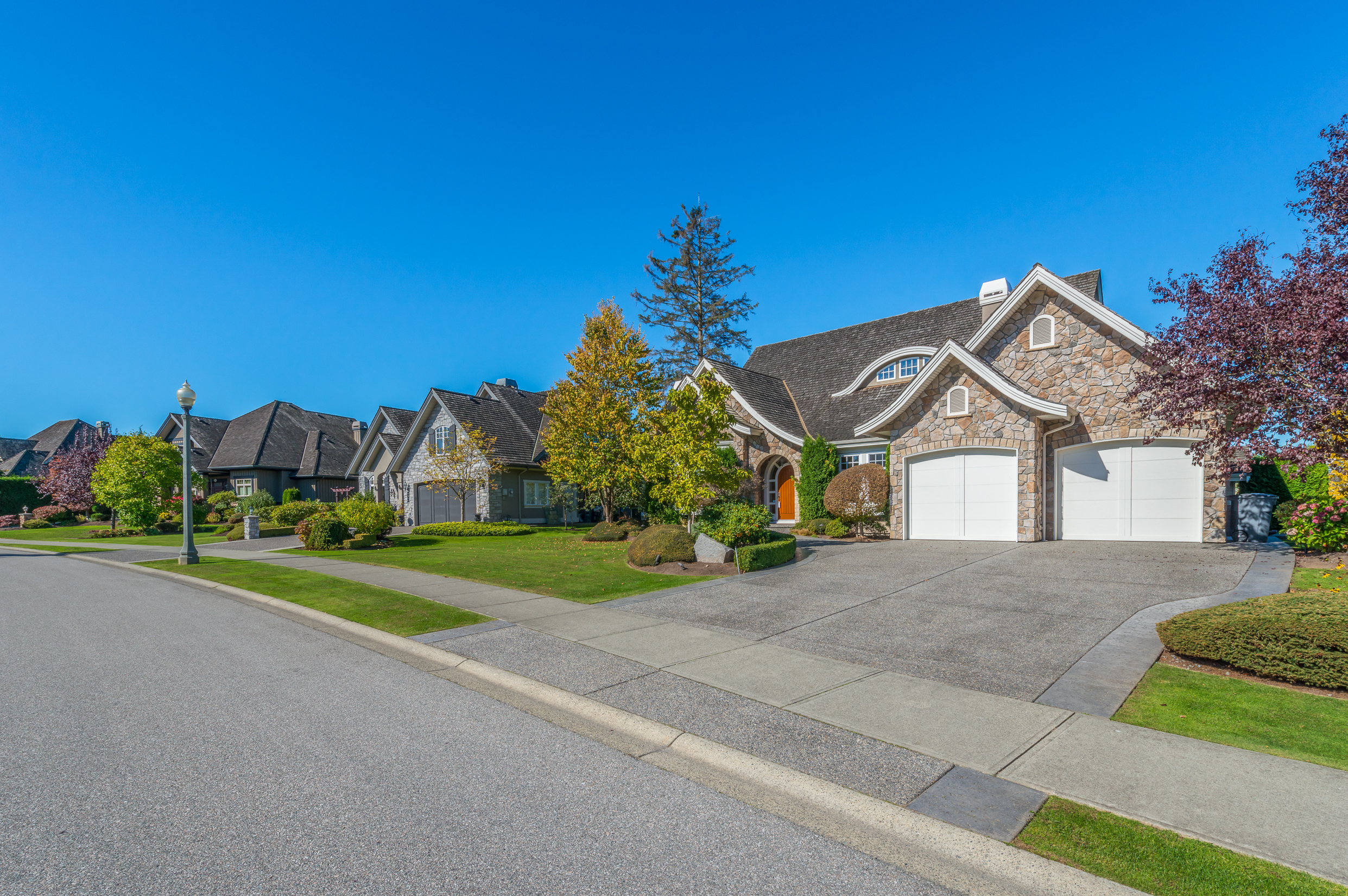Before buying a home or investing in real estate, it pays to research the neighborhood in question. Having said that, the success of your next real estate investment will likely be determined by the neighborhood you intend to buy in. It impacts how much you’ll enjoy living there, and how well the investment will pay off. So how do you get to know the market on a deep level, before putting your money on the line?
1. Local Market Research: Investors need to make sure their investments match their goals. Perhaps safety is the most important factor. For someone else, it may be a growing neighborhood with great appreciation potential. Point being, you can’t just look at San Diego or Jacksonville and buy based on the city’s name. There are many micro-markets within each. Buyers have the option of looking at individual zip codes and neighborhoods within particular cities. To that end, researching each area is a task in and of itself. Simply researching San Diego will not paint a picture of the entire city.
2. Crime: Crime can definitely impact the value of a property. However, public crime stats can also be very misleading. Talk to local community leaders and check out local news and police reports. Whether you intend to live in a particular property, rent it out, or flip it, crime will play a role in determining some of the most important numbers.
3. Facebook: Facebook can be a great scouting tool. Punch in the zip code and see what businesses are popular, who lives there, and what people are talking about.
4. Hangout: Whenever possible, it is great to check things out in person. It may not make economic sense to visit an out of area destination every time you are buying a property, but you should at least do it the first time you begin investing there. Go to local restaurants, coffee shops, and gyms, and get a good feel for the place. Find out how others like it, and maybe what they wish they could change.
5. Stores: What types of stores and businesses are nearby? Is there a thriving startup scene? Is it all Starbucks and brand name jewelry stores? You can tell a lot about a place by the stores that have decided to open up shop there.
6. Google Trends: Google Trends can provide a lot of insight into what’s popular locally. Are people searching for homes? How affordable are rents? Are people constantly looking at foreclosure issues? What topics and keywords are trending, and which are declining?
7. Market Direction & Change: Is the immediate neighborhood improving or going downhill? Are new building going up? Or, are there entrenched buildings and landlords which may discourage families and luxury buyers? Will the noise from the VFW or biker bar keep others from buying? Digging into Realtor.com data can reveal the sales prices of the same properties over time. Have they surpassed previous highs yet? Are they still undervalued?
Local property tax assessors can be a goldmine for data. Photos over time will deliver more accurate insight into what properties have really gone through, what types of cars neighbors drive, and what the tax assessor’s office thinks properties are really worth.
Summary
The surrounding neighborhood makes a big difference when it comes to buyer satisfaction and profit. These tactics and resources can help homebuyers and real estate investors get to know their neighborhoods intimately. To that end, the decision to buy will be made that much easier.






